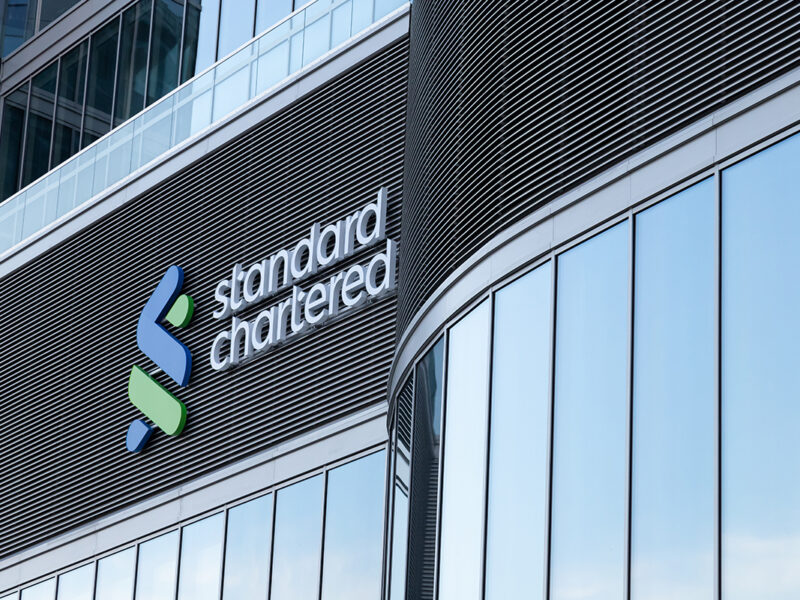Listed Lebanese banks have registered their worst financial losses in history, with a combined net after-tax loss of $770.4 million in 2019, compared to a net profit of $1.44 billion the previous year.
This comes on the back of the downturn in economic activity which led to massive protests and street closures in the final quarter of last year, resulting in the resignation of Saad Hariri’s government on October 29 and the decision of Hassan Diab’s government to suspend payments of $1.2 billion in Eurobonds in March this year.

Consequently, banks were forced to constitute significant provisions on expected credit losses which backfired on their 2019 profitability.
The results come as Lebanon’s President Michel Aoun on Thursday named former premier Saad Hariri to form a new cabinet to try to lift the country out of crisis after most parliamentary blocs backed his nomination.
A banker told Arabian Business that financial results for 2020 could be even worse than 2019, as financial flows from expatriates continue to decline and confidence in the banking system deteriorates.
The banker, who did not want to be named, said: “Lebanese banks face major challenges, the worst is yet to come, as Central Bank governor Riad Salameh has told Lebanese banks in August to increase their capital by 20 percent by the end of February 2021, or they have to exit the market in case of failure.”
 Lebanon Central Bank governor Riad Salameh
Lebanon Central Bank governor Riad Salameh
The banker said he expects that many banks would exit the market by that date unless the central bank extends the deadline.
The aggregate annual net interest income of all six listed banks – Bank Audi, BLOM Bank, Byblos Bank, Bank of Beirut, Banque BEMO and BLC Bank – decreased 0.56 percent to $2.7 billion, accompanied by a 5.45 percent decrease in net fee and commission income to $546 million and a 69.1 percent contraction in net gains on financial instruments and other operating income to $89.4 million.
Concurrently, the six banks allocated an aggregate amount of some $2.4 billion in provisions on expected losses in 2019 resulting in a 71.2 percent drop in their combined net operating income to $982.6 million. This decline, however, was somewhat diluted by an 8.8 percent contraction in total operating expenses to $1.5 billion.
 BLOM Bank was the only listed bank to record net profit in 2019, at $115.4 million
BLOM Bank was the only listed bank to record net profit in 2019, at $115.4 million
Lebanese banks, the government’s biggest creditor and the single largest constituency of Eurobonds holders, have traded blame with the state for the current economic crisis. Of the $59 billion in debt denominated in Lebanese pounds, Lebanese banks hold 28 percent, with 60 percent held by the central bank.
BLOM Bank was the only listed bank to record net profit in 2019 ($115.4 million) while, on the balance sheet front, the combined assets of listed Lebanese banks narrowed by 13 percent in 2019 to $117.2 billion.
The contraction in assets owed primarily to the 19 percent drop in loans and advances.
All six banks witnessed a drop in their lending portfolios as some clients opted to prepay their loans using their deposits in banks in fear of a haircut or devaluation of the currency.
The economic crisis erupted in Lebanon last autumn as capital inflows dried up and protests swept the country. A year on, the currency has crashed and banks are paralysed. Banks, which cut cash withdrawals and stopped dispensing foreign currency, have paid depositors with dollar accounts in Lebanese pounds at a rate of 3,900 against a black market at a rate of nearly 8,000.









